YM-166 HUMAN EYE WITH ORBIT
Four times the normal size, eight part model mounted in the bony
orbit. Complete with extra ocular muscles.
Category: Anatomical Models
HUMAN EYE WITH ORBIT
Versatile Model,Extremelyusefull,Dissectable model exhibiting complete Anatomy of Eye with bony orbit ,For Medical Students
- LIFE-LIKE OPTIC NERVE: Demonstrates the optic nerve authentically within the bony orbit of the eye, capturing the natural position of the bony floor and medial wall.
- ENHANCED ANATOMICAL DEPICTIONS: Perfect for Teachers educators and medical professionals, to teach the students with our model brings anatomy to life, providing a tangible and visually engaging tool for demonstrations.
- 8 parts DISSECTIBLE MODEL: Dive deep into the intricacies of the eye’s anatomy with our dissectible model, allowing for a comprehensive exploration of its various parts.
- FOUR TIMES ENLARGED MODEL: EnhancesStudents learning experience , enabling a detailed examination of the eye’s structure for better understanding.
Be the first to review “YM-166 HUMAN EYE WITH ORBIT” Cancel reply
Related products
Anatomical Models
Anatomical Models
Anatomical Models
Anatomical Models
Anatomical Models
Anatomical Models
Anatomical Models
Anatomical Models

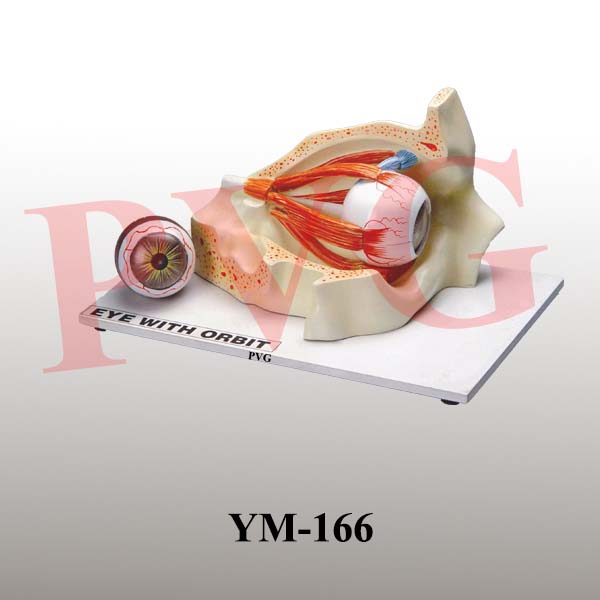
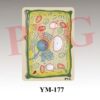
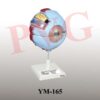
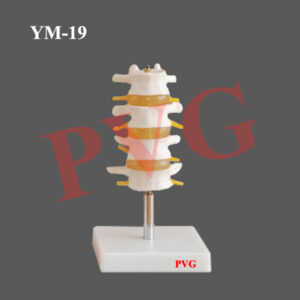
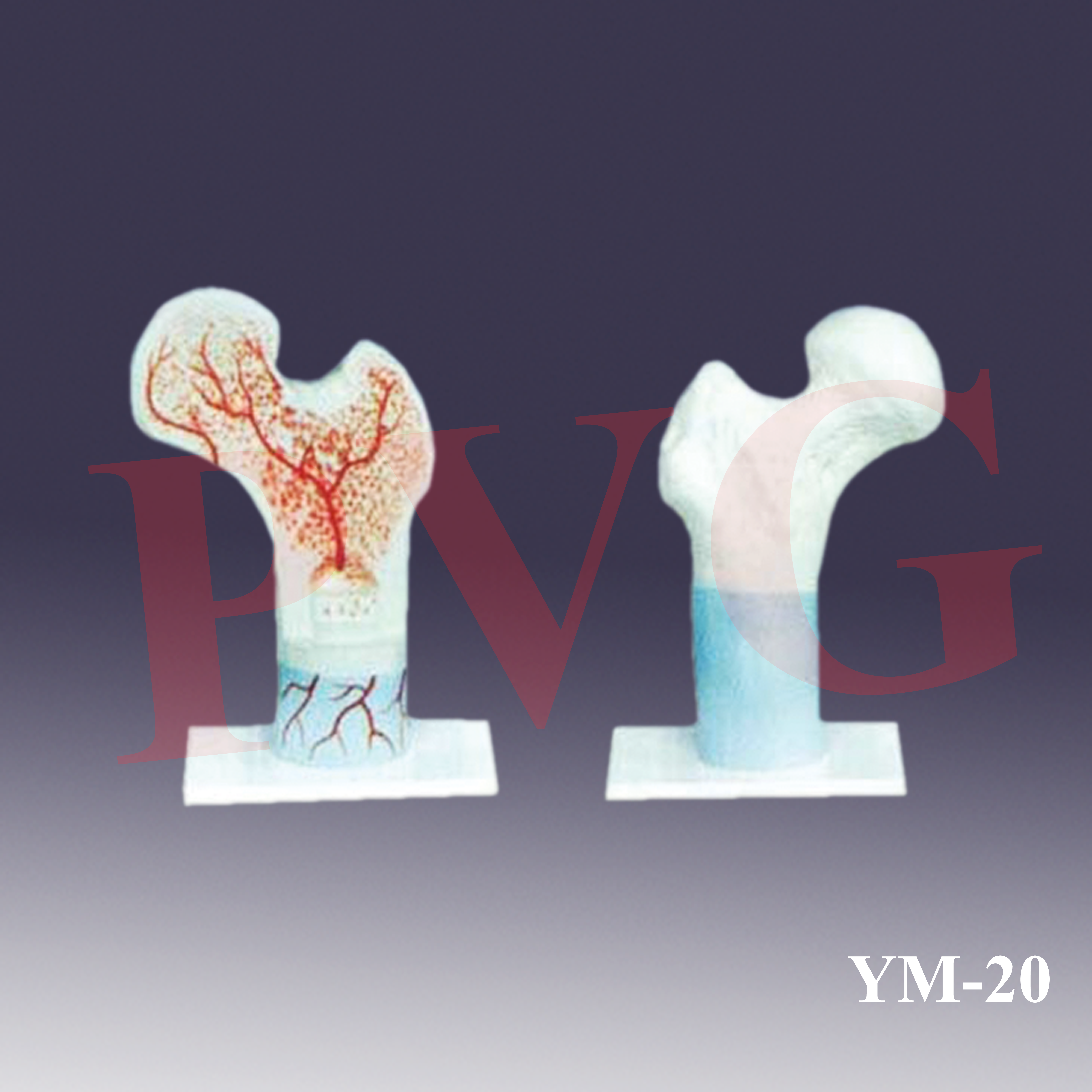
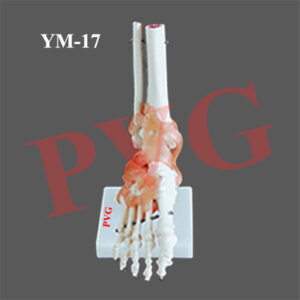


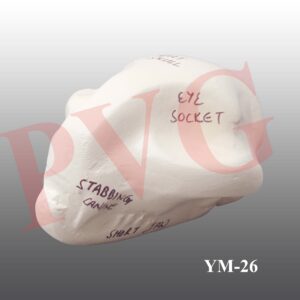
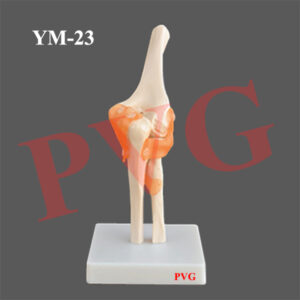

Reviews
There are no reviews yet.